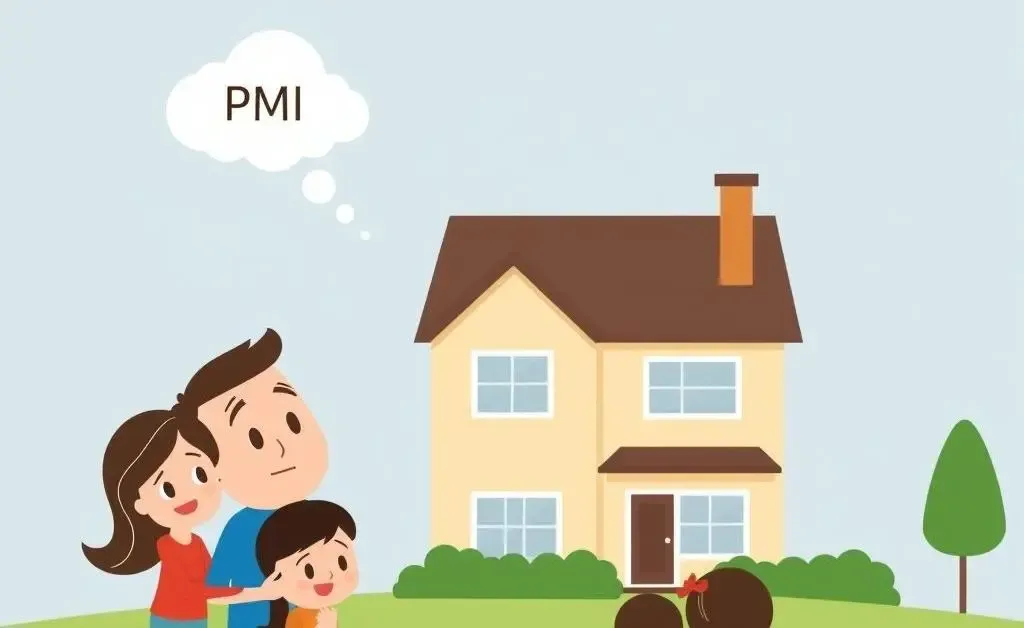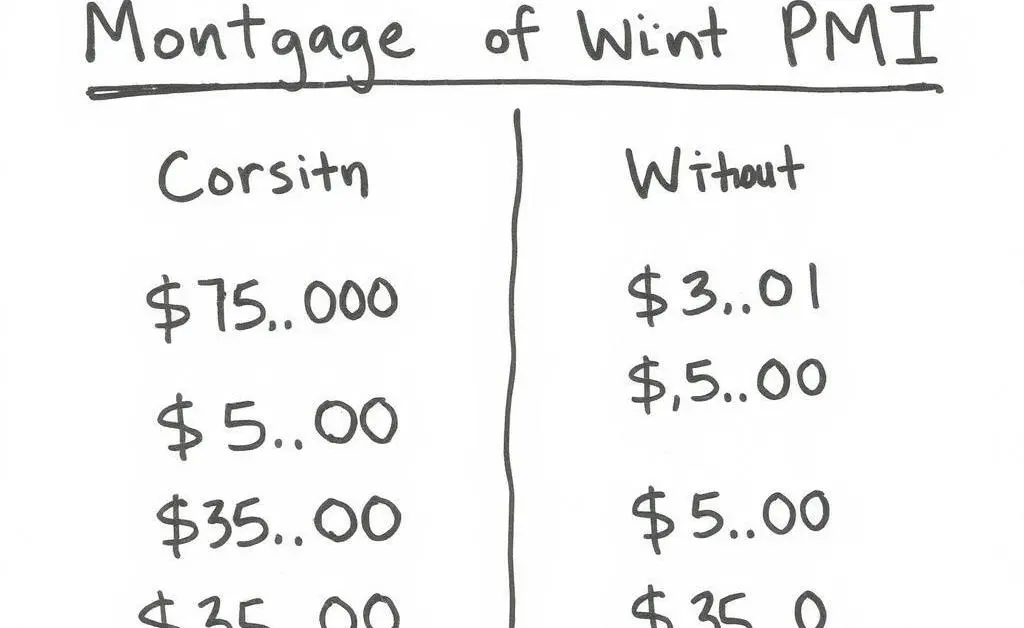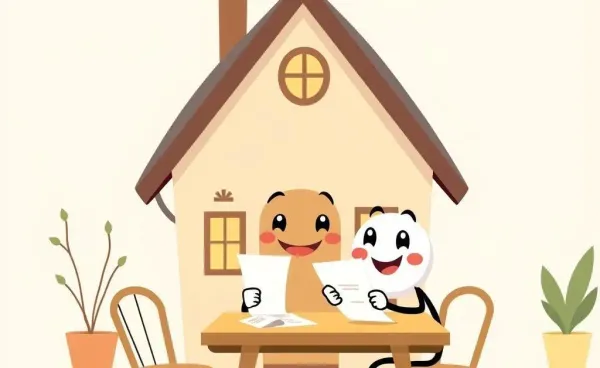Understanding PMI: How to Dodge This Costly Home Loan Fee
Learn what PMI is and how to avoid it when purchasing your dream home.

When you're on the journey to buying a house, you're likely to encounter a little acronym that could weigh heavily on your finances: PMI, or Private Mortgage Insurance. If you've found yourself scratching your head over what exactly PMI is and how you might avoid it, you've come to the right place.
What is Private Mortgage Insurance (PMI)?
PMI is an extra fee that lenders charge borrowers who put down less than 20% of a home's purchase price. It's primarily designed to protect the lender in case you default on your loan, not you, the borrower. So, why does PMI exist? Essentially, it gives lenders peace of mind to take on the added risk that comes with smaller down payments.

Why Should You Care About Avoiding PMI?
Simply put, PMI is often an unnecessary expense over the lifetime of your mortgage. Depending on the loan amount, PMI can range from 0.3% to 1.2% of the original loan annually. For a $200,000 mortgage, that could add over $2,000 to your yearly expenses! Imagine what you could do with that money instead—perhaps spruce up your new house with some much-needed renovations or take a much-deserved vacation.
Can You Avoid PMI?
Absolutely, and here are a few ways to do it:
- Down Payment: Save up for a 20% down payment. This might take longer, but it will completely sidestep PMI.
- Lender-Paid Mortgage Insurance (LPMI): Some lenders offer to pay the PMI for you in exchange for a slightly higher interest rate.
- Second Mortgage: Consider a piggyback loan, where you take a second loan to cover part of the down payment.
Is Avoiding PMI Always the Best Move?
While dodging PMI means overall savings, sometimes paying it upfront shortens your path to homeownership. For example, in a market where home prices are rising rapidly, waiting to save a larger down payment might mean paying significantly more for the same property later. Weigh your options and calculate the financial trade-offs using mortgage calculators available online, such as the one at NerdWallet or Bankrate.

Conclusion: Make PMI Work for Your Situation
Dealing with PMI is often a necessary evil for those who can't immediately fork over a 20% down payment. Armed with understanding and a strategic approach, you can minimize its impact or bypass it entirely. So, what's your PMI plan? Are you saving for that big down payment, or have you found a clever alternative?




